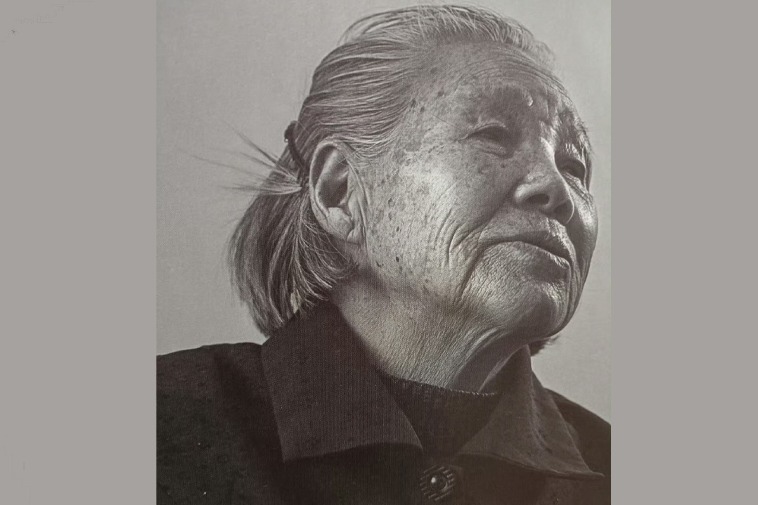Medical insurance covers 95% citizens
Over 1.3 billion people get accessible, innovative help under the system

China is on track to meet the targets set for its medical insurance sector under the 14th Five-Year Plan (2021-25), with progress made in building a multilayered system that provides equal access and technological support, officials said on Thursday.
Upholding a people-centered approach, the national medical insurance system has improved fairness and accessibility, with the coverage rate for basic medical insurance remaining stable at around 95 percent during the period, covering 1.3 billion people, said Zhang Ke, director of the National Healthcare Security Administration.
From 2021 to 2024, nearly 20 billion medical visits came with insurance reimbursements, with the number last year 1.6 times higher than in 2020, Zhang said.
"Serious illness insurance has been improved to advance the development of a unified and standardized medical assistance system, providing tailored help to patients with high medical expenses and consolidating poverty alleviation gains through healthcare," he said.
During the period under review, medical insurance assistance policies have benefited rural low-income populations — covering 673 million medical visits and reducing medical fees by 650 billion yuan ($91 billion), Zhang said.
Li Tao, deputy director of the administration, said special focus has been placed on the elderly by expanding long-term care insurance trials from 15 cities in 2016 to 49 in 2020, now covering 190 million people.
"The long-term care insurance system is designed to ease the daily care and nursing expenses for the elderly and others who have lost the ability to care for themselves, addressing their concerns about long-term care," Li said. The system continues to improve with 15 related regulations in place, including long-term caregiver requirements and evaluations for people with disabilities.
She said premiums now cover around 70 percent of care expenses, ensuring that 2 million people benefit from reduced fees totaling 50 billion yuan during the period.
Shi Zihai, deputy director of the administration, said the system has also kept pace with medical technology advancements, introducing new services to address diagnostic and treatment gaps and accelerating the clinical application of new technologies.
He cited the approval of artificial cochlear implants and artificial larynxes for patients with hearing impairments and speech disorders, as well as progress in brain-computer interface applications in regions such as Hubei and Zhejiang provinces.
Zhang noted that support for innovative drugs has increased since 2021, with expenditures from the medical insurance fund last year reaching 3.9 times that of 2020, reflecting an annual growth rate of 40 percent.
Earlier this month, the administration introduced a commercial insurance category for innovative medicines, allowing patients to be reimbursed for newly included treatments. More than 100 medicines have already been submitted for inclusion, Zhang said.
"The United Nations has highly praised China for its achievements in establishing a medical insurance system that covers all citizens," he said, adding that the country also aims to share its experience with its distinctive healthcare system and promote traditional Chinese medicine.
- Beijing mandates helmets for e-bike users, bans scooters
- Judicial guideline streamlines maritime dispute resolution nationwide
- China rolls out festive campaign to boost sustainable agricultural consumption
- China set to establish early pregnancy clinics across 10k hospitals
- Cold front coats Guizhou mountains in rime
- Two dead after unauthorized crossing of Aoshan Mountain





































